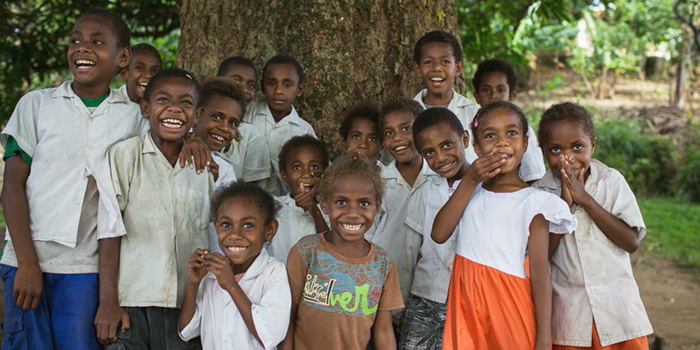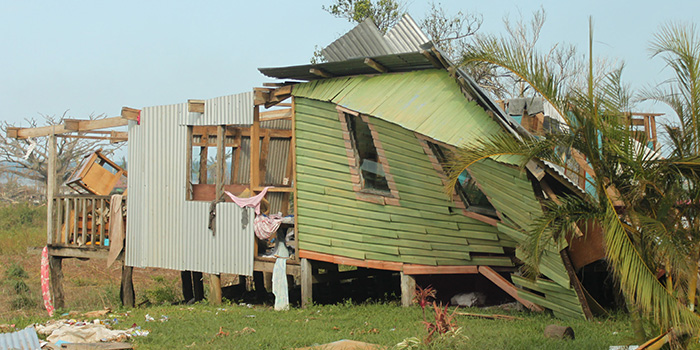News
PacSAFE: Helping build a more resilient Pacific
Published:16 December 2016
PacSAFE: Helping build a more resilient Pacific
The Australian Government has announced $1 million in funding from the Pacific Regional aid budget towards the PacSAFE Project, which focuses on building disaster and climate change resilience in Samoa and Tonga.
Announced by Minister for International Development and the Pacific, Senator the Hon. Concetta Fierravanti-Wells, the PacSAFE project is a collaboration between the Department of Foreign Affairs and Trade, Geoscience Australia, the Pacific Community Geoscience Division and the World Bank seeking to strengthen the resilience of Pacific Island countries against the impacts of natural disasters. This project builds upon the successful disaster impact mapping tool developed in Indonesia, InaSAFE, which was customized for the Pacific as PacSAFE. This new funding enables thePacSAFE tool to be further developed.

Young Pacific islander children who will benefit from greater resilience to natural disasters. Image credit: Connor Ashleigh, Department of Foreign Affairs and Trade
The PacSAFE project is a response to demand from Pacific Island countries for tools to better understand disaster impacts. In this way, Geoscience Australia can share natural hazard modelling skills to build local capacity for evidence-based responses to climate change and natural disasters.
PacSAFE is a free and open-source software tool that provides planners and responders with the ability to visualise probable disaster impacts. Using PacSAFE, disaster managers can easily quantify the number of homes likely to have been damaged or people needing to be evacuated from a particular region for a disaster scenario. This information can help save lives and reduce the impact of such events.

A home in Fiji that was destroyed by Tropical Cyclone Winston in 2015. Image credit: Department of Foreign Affairs and Trade
The next stage of PacSAFE will see Geoscience Australia provide training to local disaster management representatives to build regional capacity for the use of this tool. This will support users in making informed decisions for disaster response and to develop evidence-based policies for enhancing disaster resilience.
The tool will ultimately offer a simple but rigorous way to combine data from technical specialists, local governments and communities to provide insights into the likely impacts of future disaster events, supporting the most appropriate response and action.
Natural hazards such as cyclones, tsunami, earthquake and volcanic eruptions frequently cause disasters in the Pacific region. And while these natural hazards are not preventable, effective preparation, monitoring and response can help improve the resilience of local communities.
Further information
- Scientific Topic: Hazards
- News story: Applying science to disaster risk reduction
- News story: Papua New Guineans learn to live more safely with natural hazards
- Value to the Nation: Ensuring Australia's Community Safety
- Address to Welcome Reception: 15th Meeting of the Green Climate Fund Board
Contact:
Phone:
Email:




